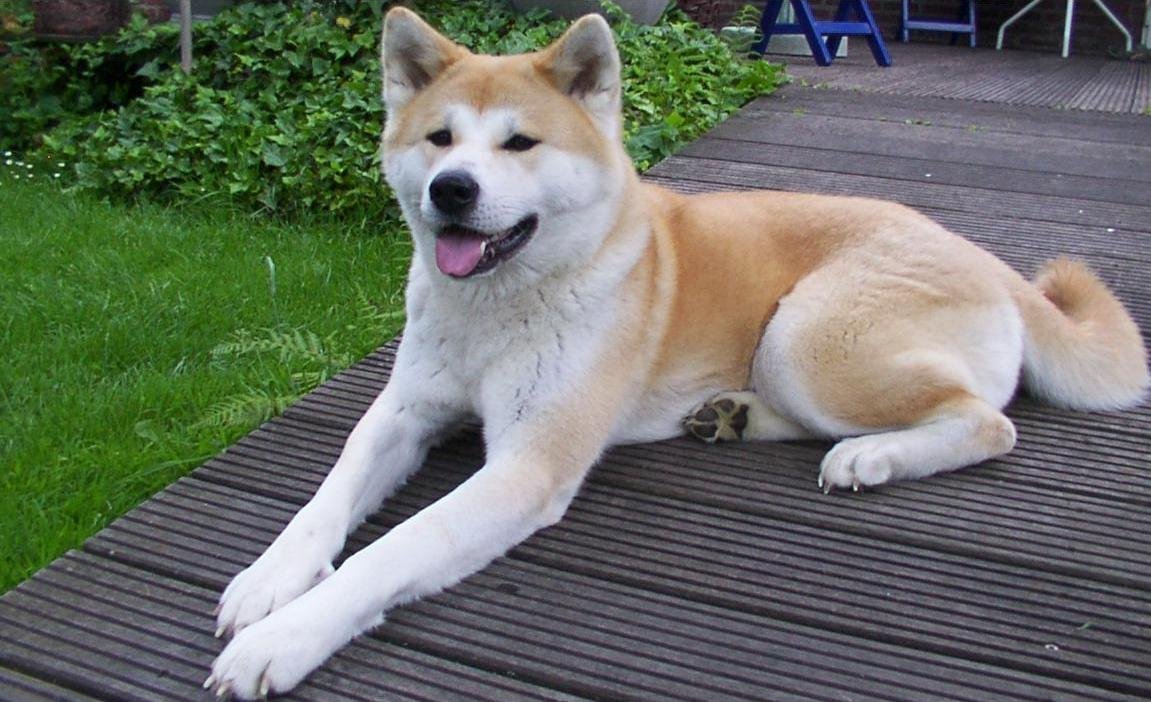Have you ever wondered why some dogs seem to bond with one person and ignore everyone else? It’s a bit like watching a child cling to their favorite teddy bear, refusing to share it with anyone. For many dog lovers, this trait can be both endearing and puzzling. Some breeds just have that special “one-person” loyalty, a deep devotion that sometimes looks almost human. But what makes certain dogs turn into these devoted sidekicks, shunning the idea of belonging to a big, bustling family? Let’s dive into the heart of this fascinating canine mystery and uncover why some breeds choose a single owner over the crowd.
The Roots of Devotion: Ancient Origins
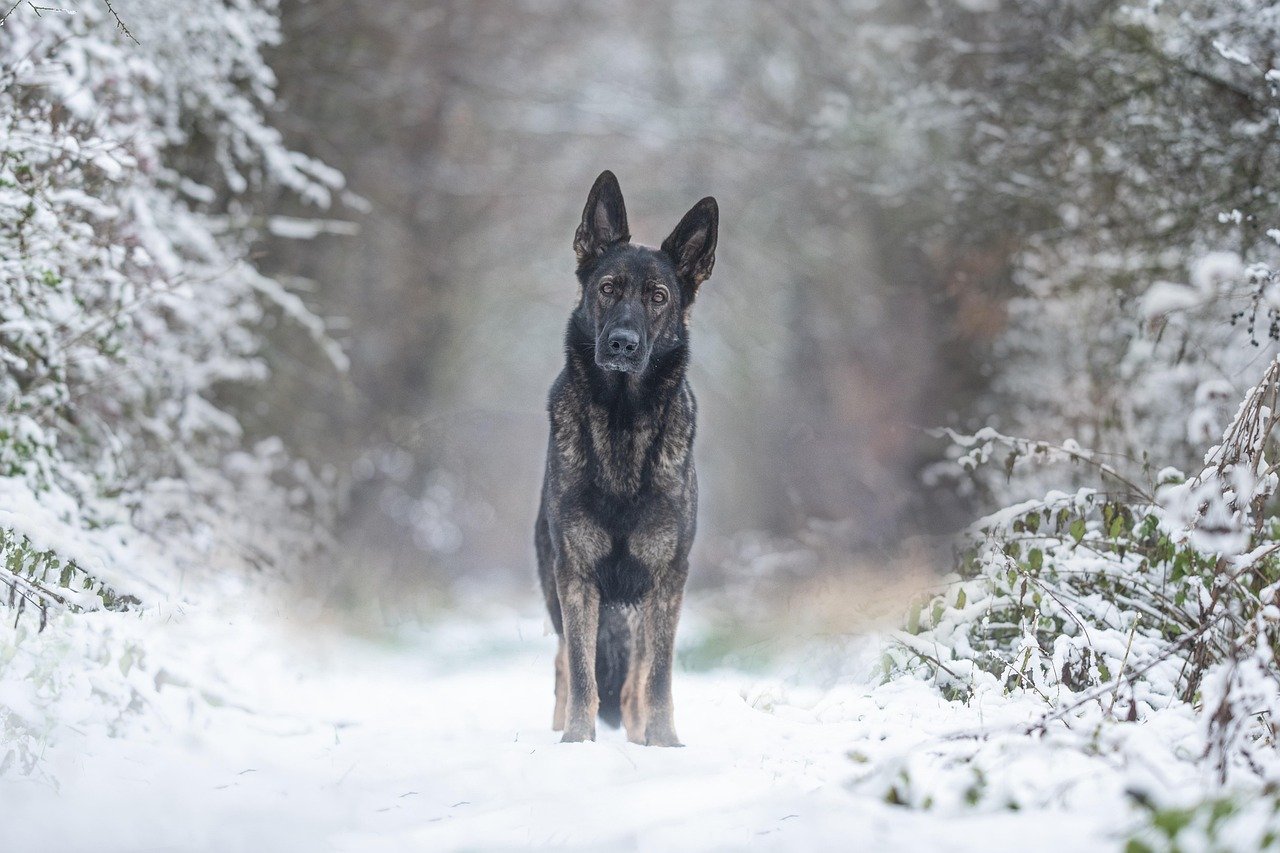
Long before dogs became our family members and couch companions, their ancestors lived and worked alongside humans in purposeful partnerships. Many breeds that now crave a single owner were originally bred for tasks that required intense focus and a one-on-one relationship. Imagine a shepherd in the mountains with just one loyal dog by their side, or a hunter relying on a single canine partner to track game. These jobs required trust, communication, and a deep bond—which naturally favored dogs that formed close attachments to one person.
Some breeds were never meant for big, noisy households or teams. Instead, their roles demanded a laser-like focus on one human, leading to a personality that prefers a quiet, steady connection. Over generations, these traits became more pronounced, turning some dogs into the ultimate one-person companions. Today, that ancient loyalty still runs deep in their DNA, shaping how they interact with the world—and with us.
Personality Traits That Shape Loyalty
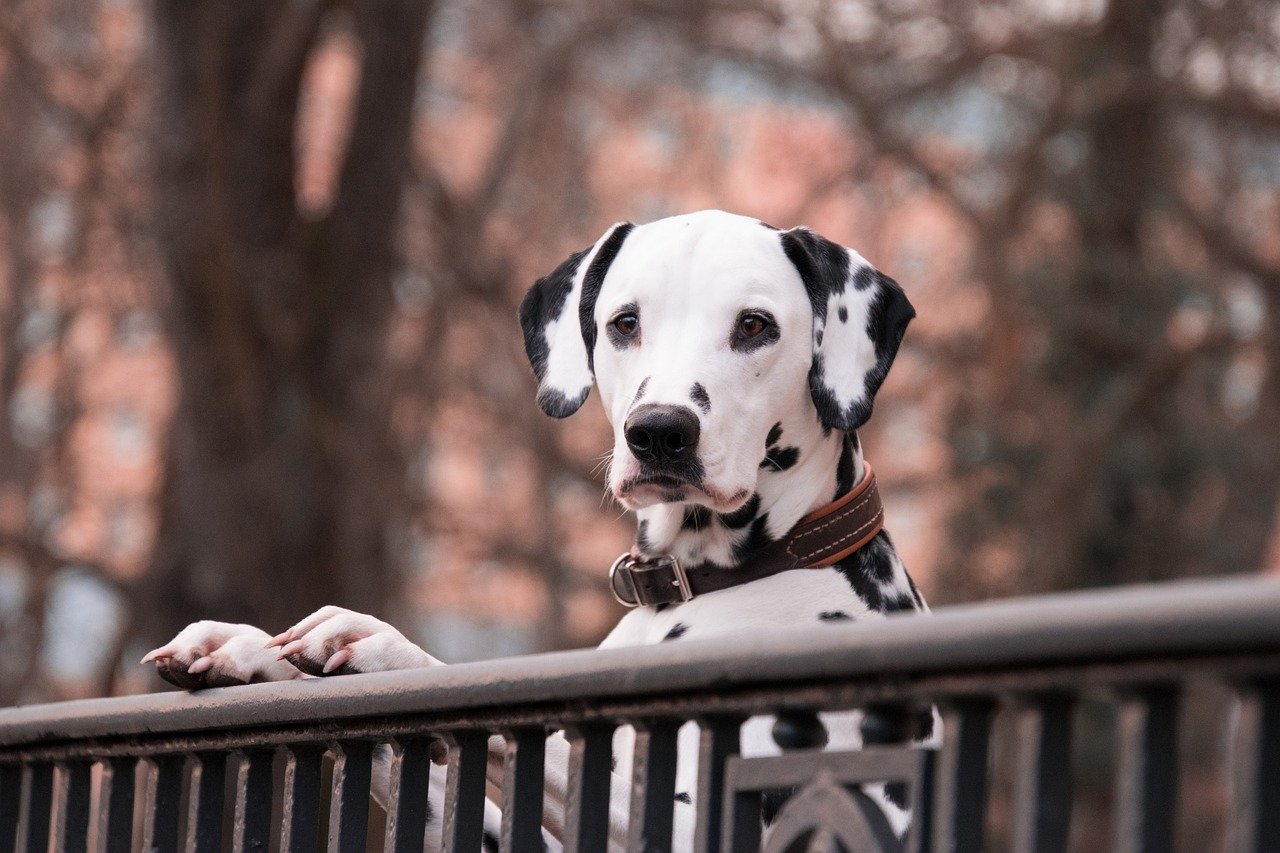
Just like people, dogs have different personalities. Some are the life of the party, eager to greet every stranger with a wagging tail. Others stick close to their chosen human, watching the world warily from a safe distance. Breeds known for strong single-owner loyalty often share certain personality traits: they are cautious, sensitive, and quick to form powerful attachments.
These dogs may seem standoffish or even aloof around new faces, but it’s not about being unfriendly. Their personalities are wired for depth over breadth—they’d rather have one deep, trusting relationship than many shallow ones. This selective affection can be charming, but it’s important for owners to recognize and respect these dogs’ boundaries. Trying to push them into social situations they aren’t comfortable with can backfire, causing stress for both dog and owner.
The Impact of Early Socialization
The early weeks and months of a puppy’s life are like wet clay—soft, malleable, and full of potential. How a dog is socialized during this time plays a huge role in shaping their preferences as adults. For breeds with a natural tendency toward single-owner devotion, limited socialization can reinforce their instincts, making them even more reserved around strangers or large groups.
Conversely, early and positive exposure to a variety of people, places, and situations can help these dogs feel more comfortable in bigger families. But even with the best socialization, some breeds will always gravitate toward a single person. It’s like trying to turn a cat into a dog—it’s possible to encourage flexibility, but you can’t erase their fundamental nature.
Protective Instincts and Guarding Behaviors
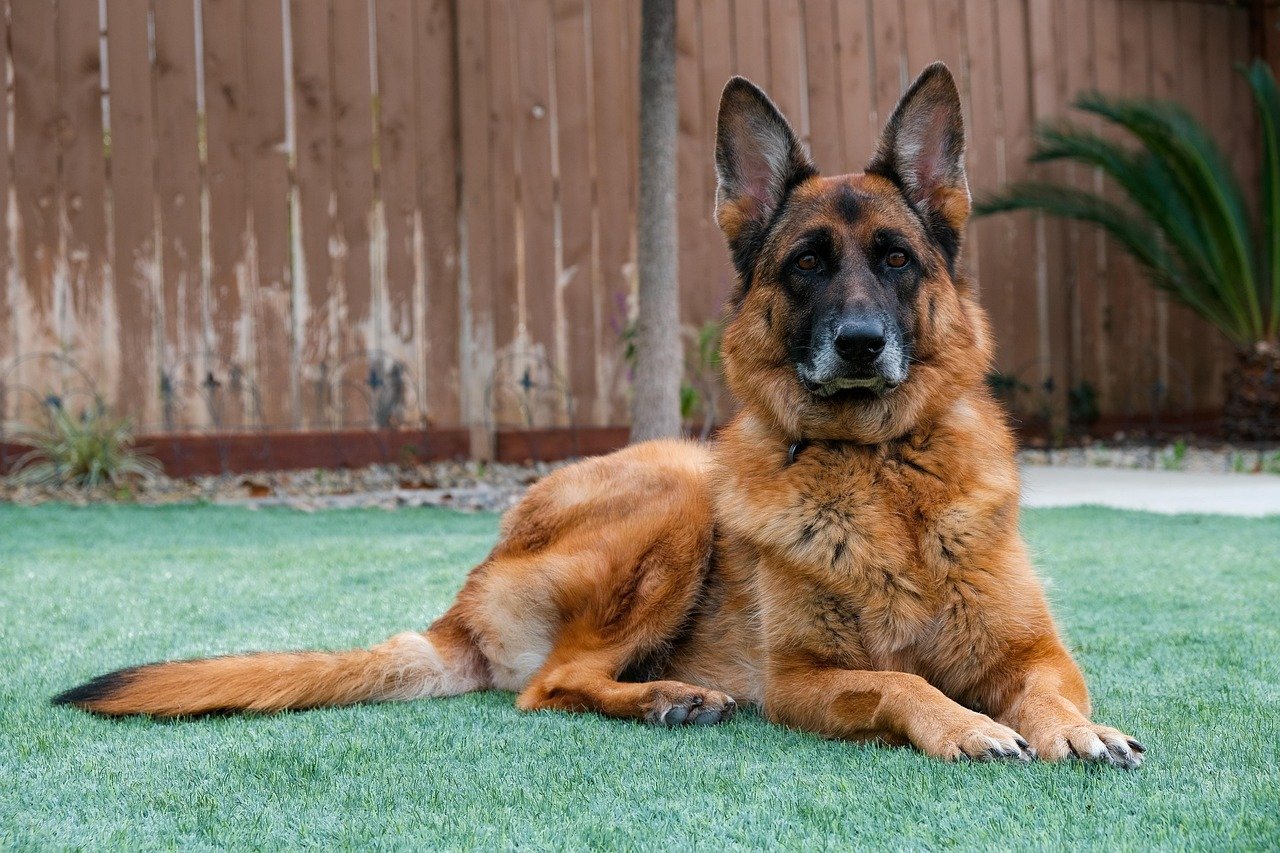
Many single-owner breeds have strong protective instincts, which can be both a blessing and a challenge. These dogs might see their human as their most important “job”—protecting them from harm, both real and imagined. This intense loyalty can lead to guarding behaviors, such as barking at strangers or standing between their owner and unfamiliar people.
While this dedication can provide a sense of security, it also means these dogs can be slow to warm up to new household members or guests. Owners need to balance their dog’s protective drive with gentle training and reassurance, showing their pet that new people aren’t a threat. With patience, these loyal companions can learn to relax—though they’ll probably always keep one eye on their favorite person.
Breeds Most Likely to Bond with One Owner
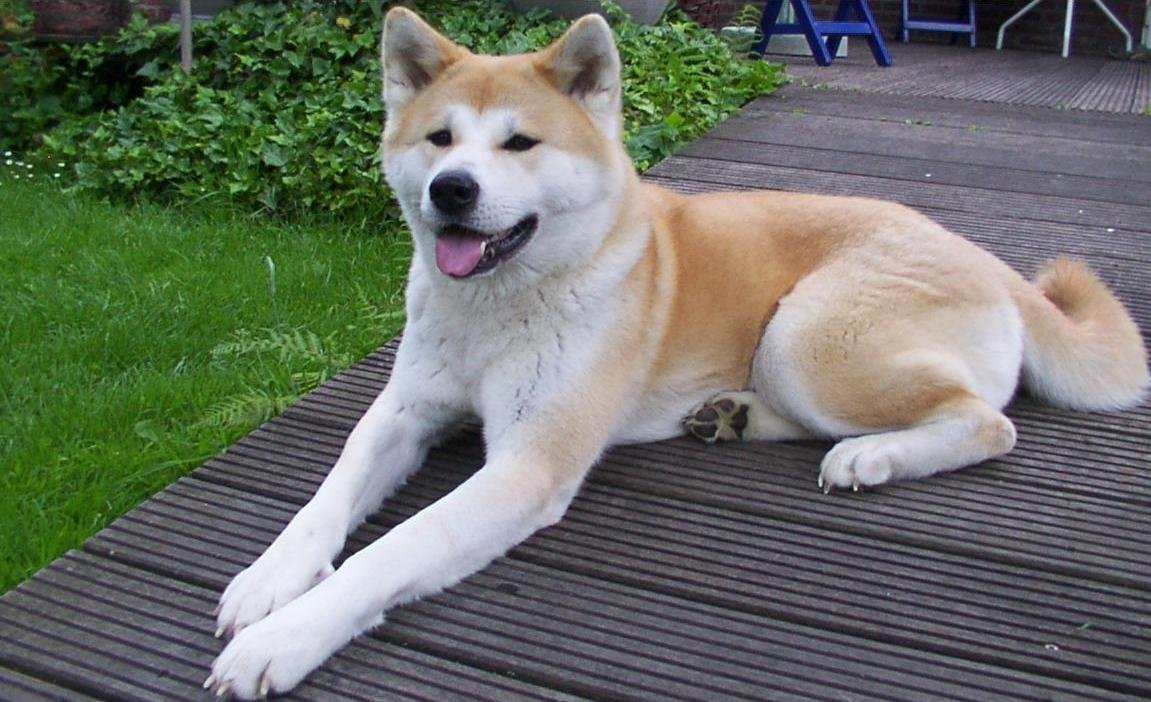
Certain breeds have become famous for their single-owner devotion. The Akita, for example, is legendary for its unwavering loyalty—think of Hachiko, the dog who waited for his owner every day at a train station, even long after he had passed away. The Shiba Inu, Basenji, and Chihuahua also have reputations for forming intense bonds with just one person.
Other breeds like the Dachshund, Greyhound, and Chinese Shar-Pei may also display these tendencies. Their smaller size, unique personalities, and historical roles as personal companions or guardians all contribute to their preference for a single owner. If you’re drawn to one of these breeds, be prepared for a relationship that’s as exclusive as it is rewarding.
The Role of Training and Consistency
Training plays a crucial part in how a dog develops its attachments. Dogs thrive on routine and consistency, and breeds that favor a single owner often respond best to clear, stable leadership from one person. When the same individual provides meals, walks, playtime, and discipline, the dog naturally builds a stronger bond with them.
Frequent changes in routine or inconsistent training from multiple family members can confuse these dogs, making them anxious or withdrawn. That’s why it’s often easier for single-owner breeds to flourish in homes where one person is clearly in charge. This doesn’t mean they can’t adapt, but they do best when their world is predictable and their favorite human is always nearby.
Household Dynamics: Why Big Families May Not Fit

Life in a bustling household, with kids running around and visitors coming and going, can be overwhelming for some dogs. Single-owner breeds often crave calm, controlled environments where they can focus on their chosen person. In a big, busy family, these dogs may retreat or become stressed, which can lead to behavioral issues like hiding, growling, or even snapping.
It’s not that these breeds dislike people—they just don’t know how to spread their affection around. For these dogs, quality time with their favorite human is everything. Owners in multi-person households may need to work extra hard to help their dog feel comfortable and included, but for many single-owner breeds, peace and quiet will always win out over chaos and commotion.
Emotional Needs and Human Connection
Dogs are emotional creatures, and those that bond closely with a single person often have especially deep emotional needs. Their loyalty isn’t just about protection or routine—it’s about genuine connection. These dogs thrive on attention, affection, and reassurance from their chosen human. When that bond is strong, they feel secure and content.
But this intense connection can also make them vulnerable to separation anxiety. If their owner leaves for work or goes on vacation, these dogs may become distressed, refusing to eat or acting out. Owners need to be mindful of their dog’s emotional well-being, offering comfort and support during times of change or absence.
Potential Challenges for Owners
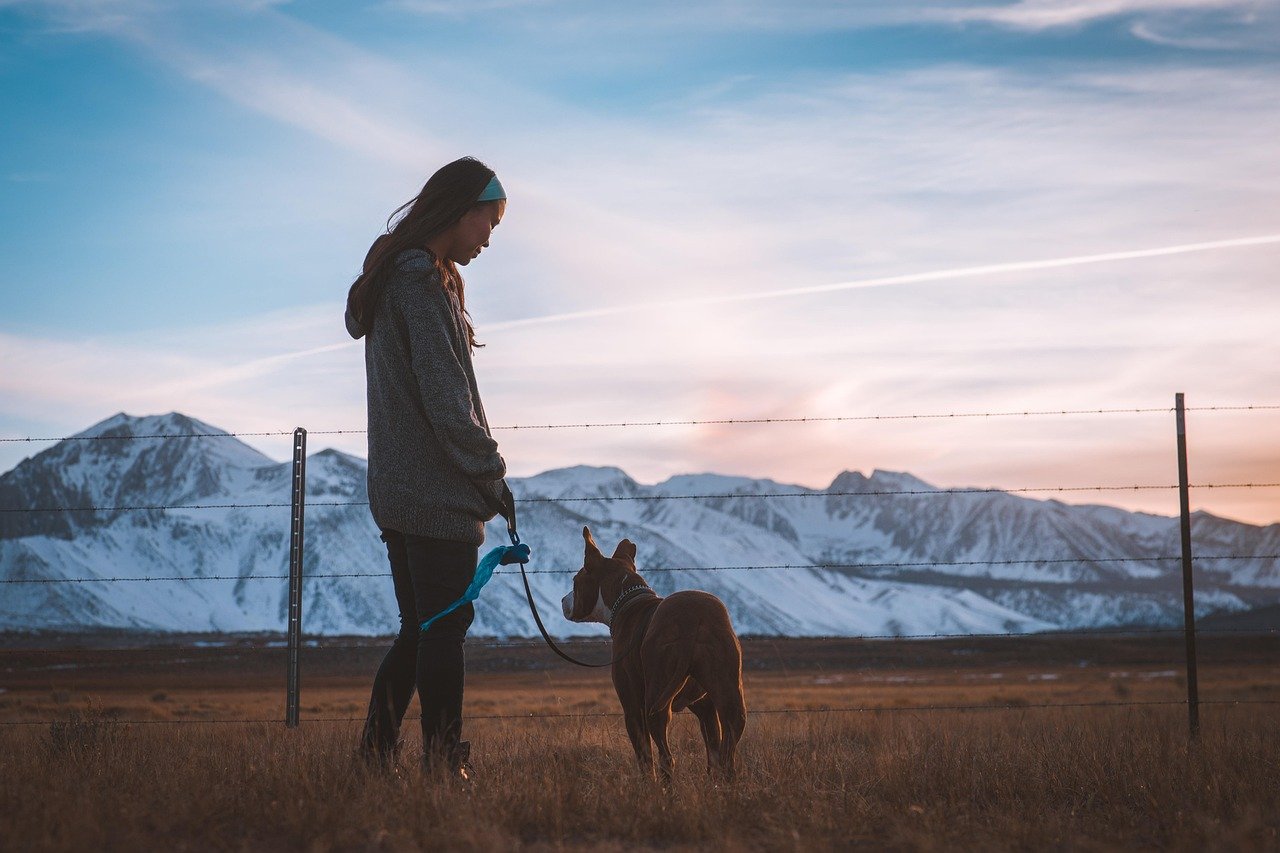
Owning a single-owner breed can be both rewarding and demanding. The devotion these dogs offer is unmatched, but it comes with a price: they may struggle with change, dislike visitors, or have difficulty adjusting to new family members. For busy households or those with frequent guests, this can create tension and frustration.
Training, patience, and understanding are key. Owners may need to invest extra time in socialization and gradual introductions to new people. It’s also important to set boundaries and ensure the dog doesn’t become possessive or overprotective. With the right approach, these challenges can be managed, allowing the unique bond between dog and owner to flourish.
Is a Single-Owner Breed Right for You?
Choosing a dog is a bit like finding a new friend—you want someone whose personality matches your own. Single-owner breeds are best suited for people who value close, one-on-one relationships and have the time and energy to devote to their pet. If you crave a constant companion and don’t mind being your dog’s whole world, one of these breeds might be perfect for you.
On the other hand, if your home is always full of people, or if you travel frequently, a more adaptable, sociable breed might be a better fit. It’s important to honestly assess your lifestyle and expectations before bringing home a dog that prefers a single owner. The right match can lead to years of loyalty, love, and unforgettable memories.

